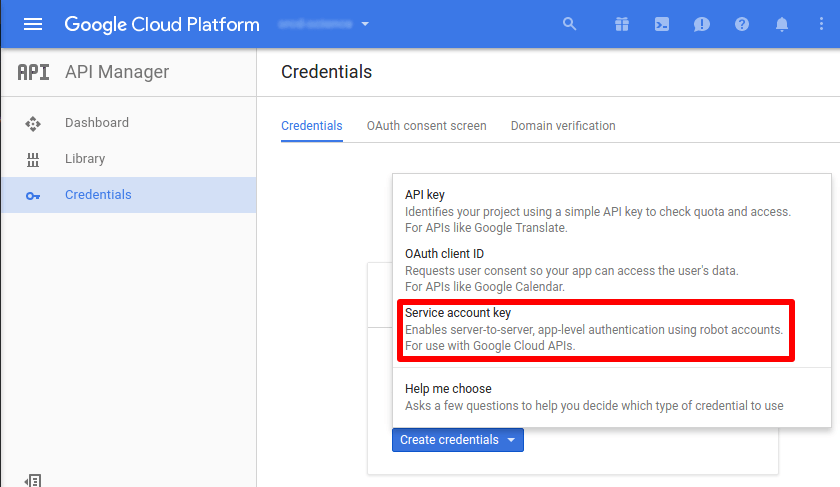Extending Jupyter with Google Cloud Storage file system backend
Egor Bulychev, source{d}

Egor Bulychev, source{d}
Egor Bulychev, source{d}



. ├── foo/bar/image.png └── foo/text.txt
.
└── foo
├── bar
│ └── img.png
└── text.txtgoogle
└── cloud
└── storage
└── Client
├── create_bucket
├── get_bucket
└── list_bucketsgoogle
└── cloud
└── storage
└── Bucket
├── blob
├── copy_blob
├── delete
├── delete_blobs
├── get_blob
├── list_blobs
└── rename_blobgoogle
└── cloud
└── storage
└── Blob
├── content_type
├── download_as_string
├── exist
├── updated
└── upload_from_stringnotebook
└── services
└── contents
└── manager
└── ContentsManager
├── delete_file
├── dir_exists
├── file_exists
├── get
├── is_hidden
├── rename_file
└── savenotebook
└── services
└── contents
└── checkpoints
└── Checkpoints
├── create_checkpoint
├── delete_checkpoint
├── list_checkpoints
└── rename_checkpointnotebook
└── services
└── contents
└── checkpoints
└── GenericCheckpointsMixin
├── create_file_checkpoint
├── create_notebook_checkpoint
├── get_file_checkpoint
└── get_notebook_checkpointmodel = {
"name": None,
"path": None,
"type": None,
"created": None,
"last_modified": None,
"content": None,
"format": None,
"mimetype": None
}model["type"] = "file" model["mimetype"] = "text/plain"/"application/octet-stream" model["format"] = "text" or "base64" model["content"] = content
model["type"] = "notebook" model["mimetype"] = "application/x-ipynb+json" model["format"] = "json" model["content"] = content of notebook
model["type"] = "directory" model["mimetype"] = "application/x-directory" model["format"] = "json" model["content"] = list(content-free-models of files/nb/dirs)
gcloud init:

~/.jupyter/jupyter_notebook_config.py
c.NotebookApp.contents_manager_class = "jgscm.GoogleStorageContentManager"c.GoogleStorageContentManager.project = "project"c.GoogleStorageContentManager.keyfile = "/path/to/keyfile.json"c.GoogleStorageContentManager.default_path = "path/without/starting/slash"c.Application.log_level = "DEBUG"c.GoogleStorageContentManager.cache_buckets = Truec.GoogleStorageContentManager.max_list_size = 128